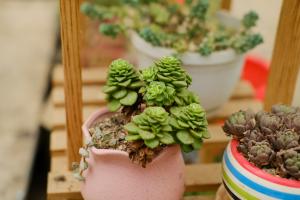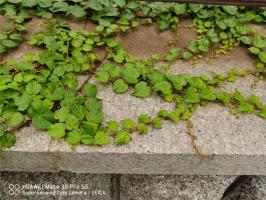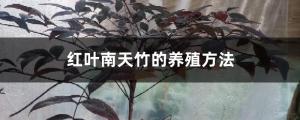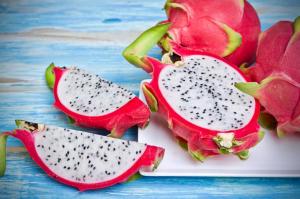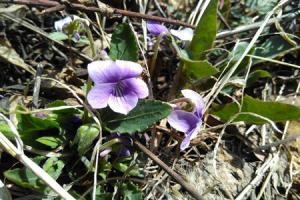Red leaf fairy cup
Also known as early frost, it is mainly distributed in Oregon and Northern California. The main characteristics are that the plant type is a rosette, covered with white frost, and the leaves are hairless. It grows at the base of the rosette. The leaves are silver gray and slightly green. Under the sunny growth environment, the leaf edges are bright red. Light green inflorescence, small and many flowers, the color is bright yellow
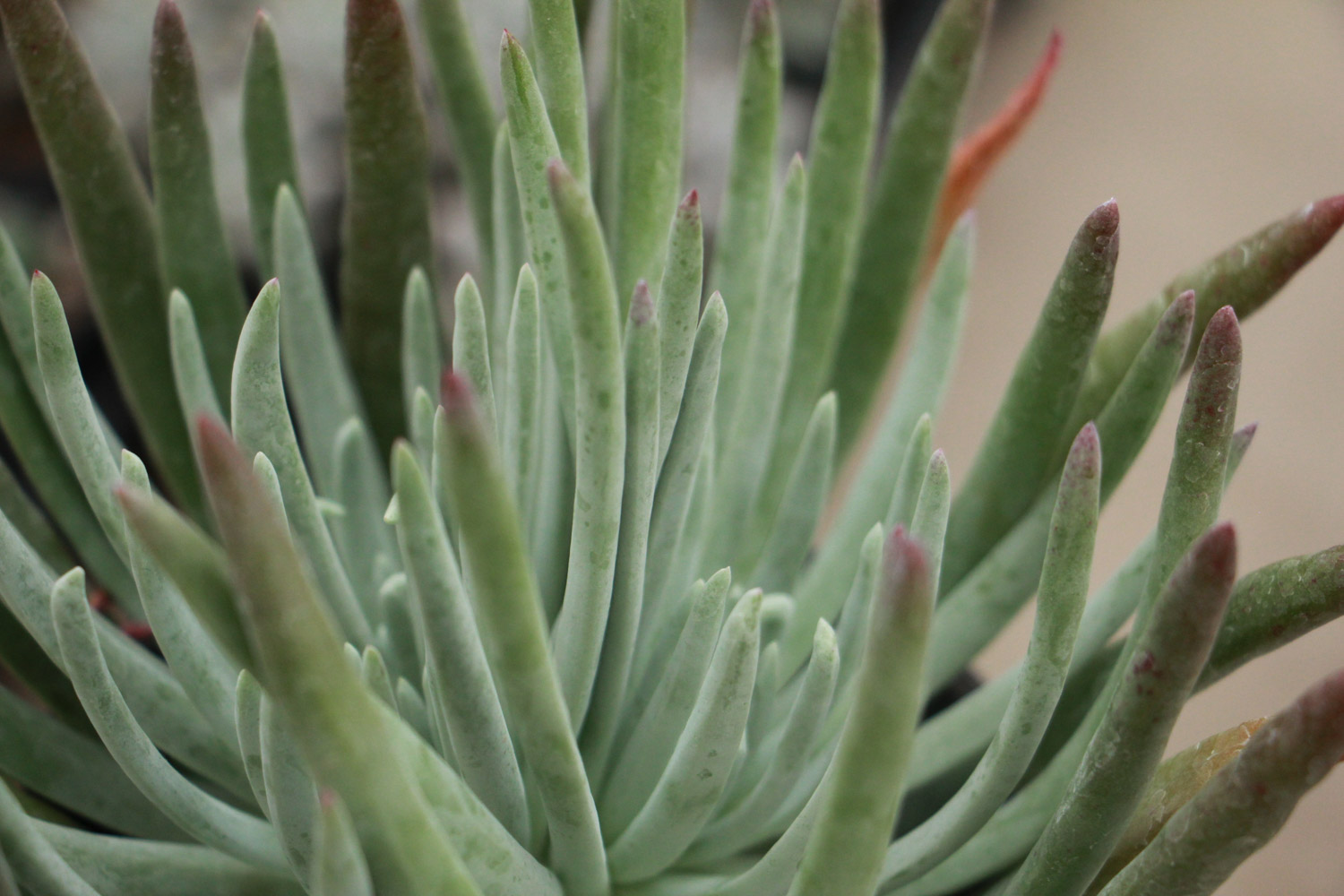
Wide leaf fairy cup
The origin of the wide leaf fairy cup is in the United States and Mexico. Most of them grow around rock cliffs or on both sides of intercontinental highways. It belongs to the medium and large fairy cup variety. The leaves are sword shaped. The leaf color is silver white, hairless and patterned. The leaf rosette is coiled. It looks like a silver Holy Grail from a distance. The surface is covered with white powder, which is easy to fall off and difficult to grow back
Fairy cup white chrysanthemum
Fairy cup white chrysanthemum is a small fairy cup variety, which is easy to grow in groups, with short and strong stems. The old pile is suitable for making succulent bonsai. The shape of the blade is long conical, thick, grayish green, with powder on the surface, especially at the front of the blade
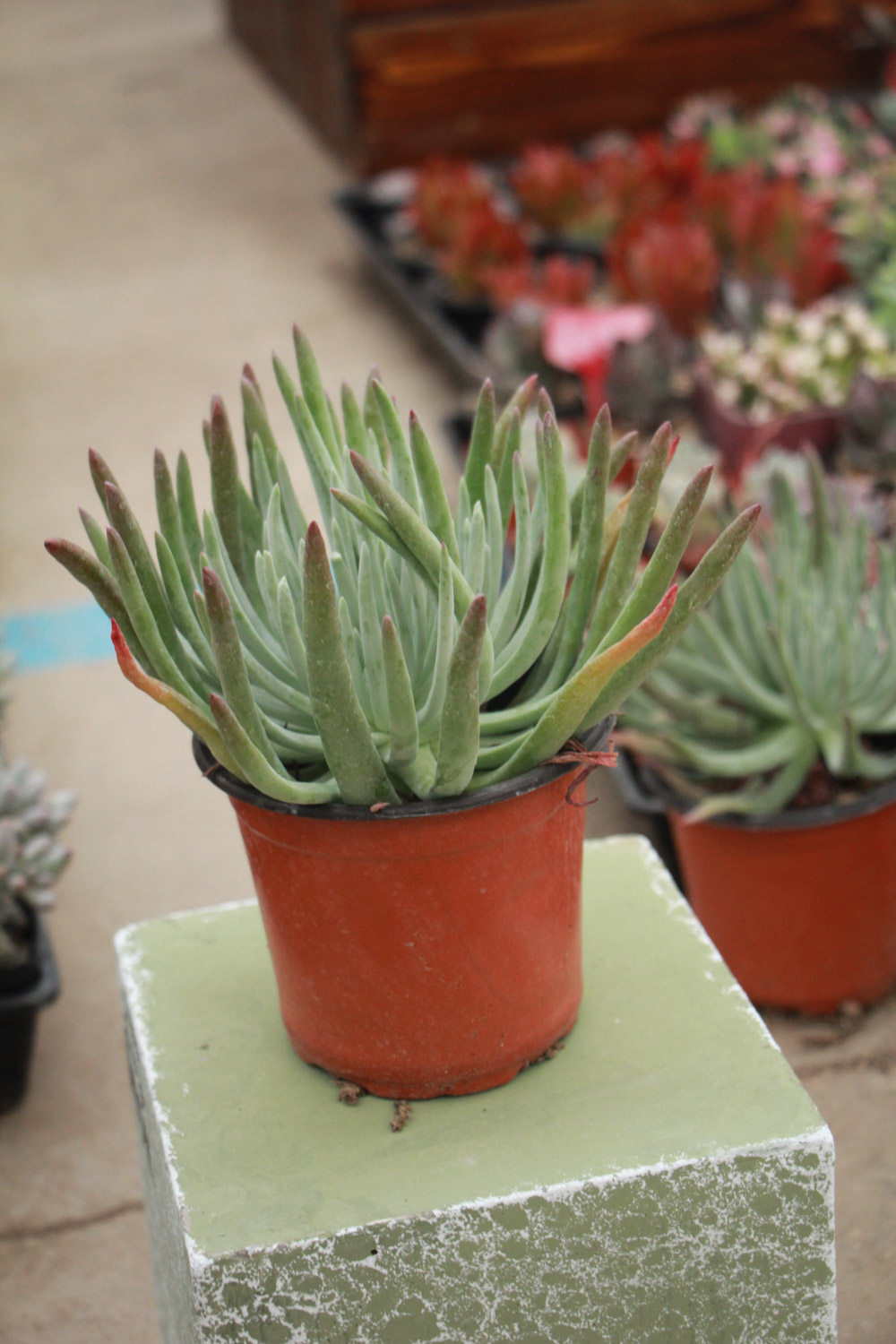
Fairy cup edulis
The origin of the fairy cup edulis is located in Oregon and Northern California. It is a thin leaf type variety. The leaves are thin columnar and can grow to more than 20 cm. The leaf color is light green. Red spots will appear at the leaf tip in a sunny environment. Inflorescence is large, with more than 10 white flowers, which are easy to crawl in groups. In addition, its old plants can also form tubers. It is suitable for rock garden and bonsai

 jackfruit
jackfruit snake plant
snake plant hibiscus
hibiscus hydrangea
hydrangea lavender
lavender Green roses climb al...
Green roses climb al... If you don't pay att...
If you don't pay att... Management of four g...
Management of four g...

